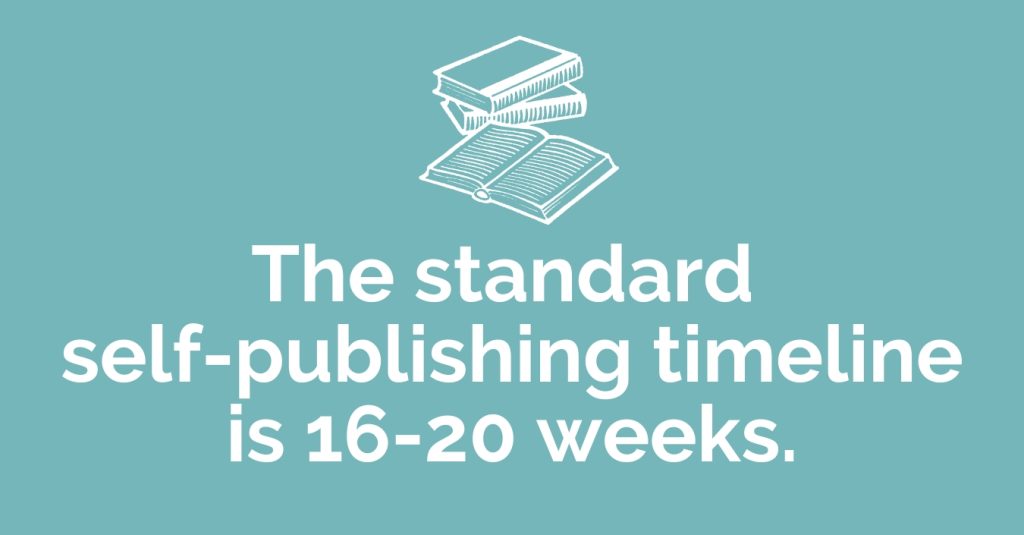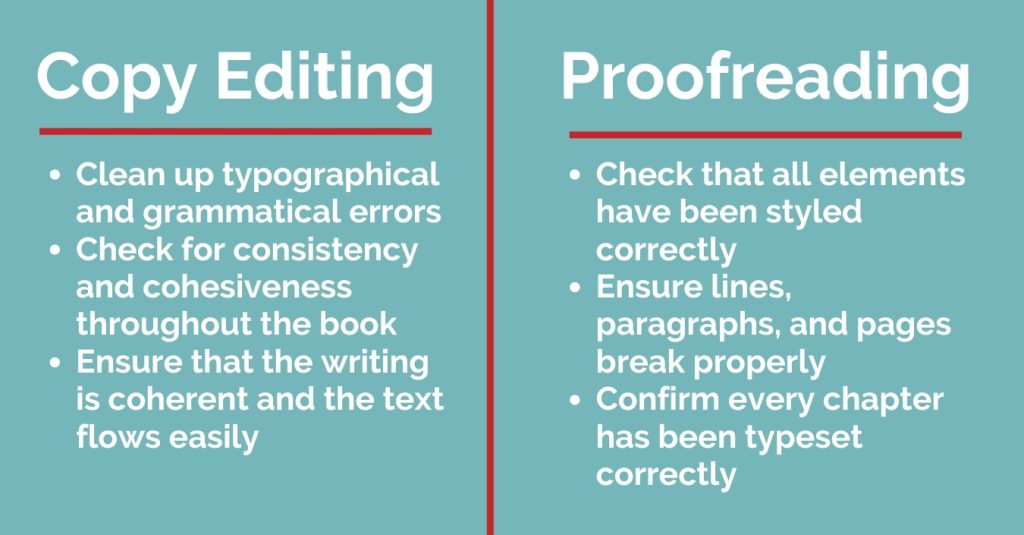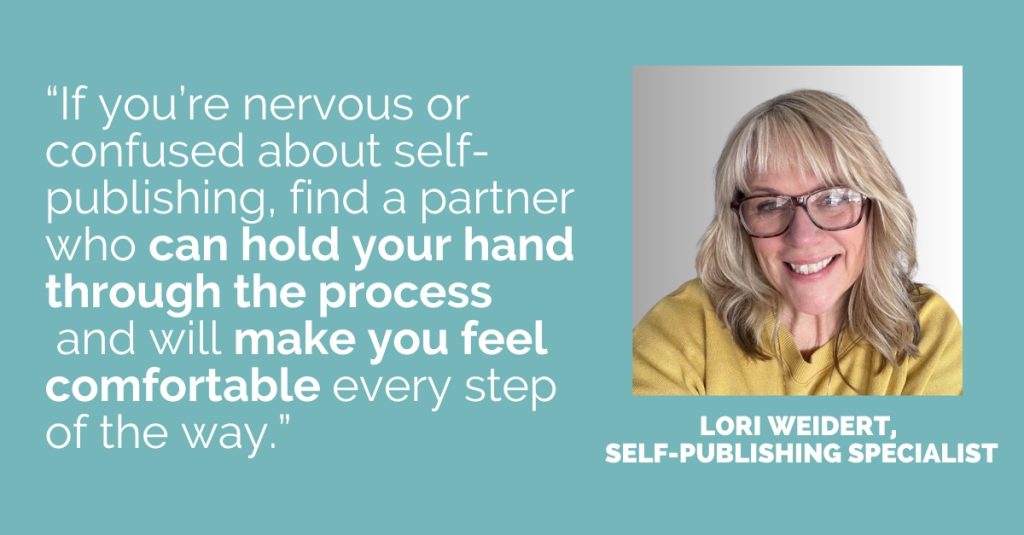Book Production Insights From Our Self-Publishing Specialist
The experience of being an author has dramatically changed in recent years.
Publishing, editing, and online marketing are easier than ever to access, allowing more voices to share their messages with diverse audiences. Conversely, confusion has increased, as there are numerous options for independent authors to choose from—creating overwhelm for many authors.
Many authors find themselves with manuscripts or plans for manuscripts but have no idea how to navigate the publication process. We’re here to help. Lori Weidert, our self-publishing specialist, answered some frequently asked questions about the book production process to help guide your journey.
What are the standard book production steps?
Each author’s journey will vary a little, but there are some standard steps they can all expect to take on their production path with Weaving Influence:
- Manuscript review and contracting
- Design of cover and custom interior
- Copyediting
- Author review and approval of edits
- Typesetting
- Proofreading
- Correct/revise
- Indexing, if desired
- Additional proofreading and corrections
- Print proof and any changes
- Distribution
How long does book production at Weaving Influence typically take?
The length of book production depends on the nature of the book and the author’s available time and could be influenced by the content and length of the manuscript. Producing a book with many design elements—tables, boxes, graphics, extracts, quotes—may take a bit longer, as each of those items has to be assembled and then “fit” into the text in a logical manner.
If everything goes smoothly and the author meets their timeline commitments, 16-20 weeks is a very comfortable schedule.

What common misconceptions do you see from self-published authors?
After working so hard to complete their manuscripts, authors are often unprepared for the amount of work left to do and the number of decisions to make. A review of edits, further writing, design and specification decisions, etc., is still pending.
There are a lot of outstanding questions and needs throughout the production process. While there’s a light at the end of the tunnel, there’s still a fair amount of work after you’re done writing.
Additionally, most authors believe that once the book is live on Amazon, the work is done, and marketing should start then. Authors should be working on their marketing plans while the book is still being produced. We often see authors put the marketing piece on hold during the production process, but that delay will limit the success of their book during and after launch.
What is the difference between design and typesetting?
The word “typesetter” conjures images of metal letters and a giant press to most people, and “compositor” draws a complete blank. I’ve taken to explaining it with an analogy: the designer works as the “architect” of the project, mapping out the appearance and the beautiful elements, and the typesetter is the engineer, or construction worker–building the book to the specifications in that “blueprint.”
Typesetting involves ensuring that every word or paragraph has a proper appearance—a head, a bullet, or a graphic—that spacing around elements is correct, and that word, line, and page breaks are proper.
A good book designer and typesetter will always keep the reader in mind. It should be aesthetically pleasing and assembled so as not to break a reader’s stride.
What is the difference between copy editing and proofreading?
Copy editors will clean up typographical and grammatical errors. They also check for consistency and cohesiveness throughout the book and ensure that the writing is coherent and the text flows easily.
While proofreaders do check for typographical errors, this is the least of their jobs. Proofreaders check that all elements have been styled correctly, that lines, paragraphs, and pages break properly, and that every chapter has been typeset correctly.

What are the biggest benefits of self-publishing?
Self-publishing truly offers a number of benefits, including:
- More control over the process
- A larger profit on individual books sold, as the author retains all royalties
- Full decision-making control about the book
- Author retains the copyright to their work
- Faster timeline than traditional publishing
What are the biggest challenges in self-publishing?
Because millions of books are released yearly, self-published authors may find difficulty connecting with their audiences and breaking through the noise. It’s important to be clear about the audience you’re writing for and how you want to reach them. You also need to set realistic expectations around what success looks like. Nonfiction authors who tie their books to their company services or offerings often find the book can be a productive tool for landing new clients and work.
Authors often find marketing and sales to be challenging because they’re juggling their day-to-day work with production and promotion. Marketing a book often takes more time, energy, and money than authors tend to expect and will include numerous tactics, including websites, public relations, social media, emails, and advertising. It’s important to identify which tasks you can take on yourself and which tasks you may need to outsource to a reputable partner who can manage your book marketing.
I’ve also seen firsthand that it can be challenging for authors to receive feedback on their manuscripts. Authors pour their heart and soul into their books, and it can be hurtful or frustrating if we say it needs to be changed. I always want authors to remember, though, that we give feedback because we care. We want you to have the best possible outcome, and we know it can be hard sometimes to receive that feedback—but it’s important and will ultimately create a better end product.
How do you pick the right self-publishing partner?
I would recommend that you evaluate the experience of the team, and that there is a complete team—that there is someone who is a copy editor, a typesetter, a proofreader. You want to ensure every critical role is filled by an experienced specialist.

Beyond the production aspect, I think it’s important to understand what you are responsible for and what your publisher is responsible for. You’ll want a partner who clearly identifies those roles, pieces like copyrights and permissions, to ensure you have a partner who meets you where you are. If you need that extra assistance, make sure that they can give it to you. If you’re nervous or confused, find a partner who can hold your hand through the process and will make you feel comfortable every step of the way.
Weaving Influence is proud to have produced a number of books—from manuscript to publication—for our clients. Take a look at some of our recent projects:
- Beyond: Create a Life You Love After 50, 60, 70, and More
- Becoming a Leader Worth Following: A Practical Guide for Leading Self, Teams, and Organizations
- STOP! Shift the Energy at Work: A New Approach for Leaders & Teams
- Unleash Love: The Joy of Christmas
We recognize that writers and authors give everything to their books and that, after finalizing a manuscript, the next steps can be intimidating and scary. My favorite part of working with our authors is the cartwheels and tears that occur the day an author opens the first bound copy of their book. Our objective at Weaving Influence isn’t just to “crank out” a book for an author but to lovingly hold their hands during the process.
If you want to learn more about Weaving Influence’s unmatched book production support, fill out this form.

Lori leads our self-published author support services. She works closely with authors, expertly navigating and executing each stage—copyediting, design, typesetting, print-on-demand setup, and epub conversion—to transform their manuscripts into published books.

